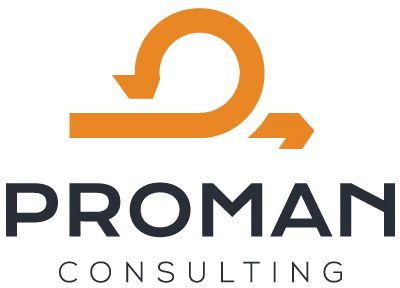What is a burn-down chart and how do we use it?
Time is a key constraint for any project. Although some industries are more time-sensitive than others, there are projects in every field that involve many changes along the way. A burn-down chart helps agile teams keep track of what has been completed, what tasks are still to be done, and how much time is left on the project. Although a burn-down chart is traditionally a visual tool, it can also function as a list outlining the work to be done and what percentage of it has been completed. In this article, we'll show you what you need to know about burn-down charts, their benefits and how to use them in practice.

What is a burn-down chart?
A burn-down chart is a graph that shows how much of the task the team has completed and how much is left to complete in a given timeframe in agile development. That is, how the team is progressing through the customer's user stories. This agile tool captures the description of a feature from the end-user's perspective and shows the total effort versus the amount of work for each iteration or agile sprint.
How much work is still to be done is shown on the vertical axis, while the time elapsed since the project started is shown horizontally. The burn-down chart is centrally available to everyone in the agile project management team and is updated regularly to ensure accuracy.
There are two types of burn-down charts:
- sprint burn-down chart: this illustrates the work remaining from the iteration
- product burn-dow-chart: shows the work remaining from the total workload

What does a burn-down chart look like?
Although the specifications of each chart may vary, in general the following are the characteristics of these charts:
Axes
The burn-down-char has two axes, x and y. The horizontal axis shows the time, while the vertical axis shows the user story points. The far right point of the graph indicates the start of the project or agile sprint, while the far left point indicates the end.
Ideally remaining work line
As the name suggests, the ideal remaining work line represents the amount of work a team has ideally completed at a given point in a project or sprint. Project managers use historical data to estimate this baseline and draw a straight line on the burn-down chart. This should always have a negative slope.
Actual remaining work line
The actual remaining work line shows how much work the team has left to do at any point in the project timeline. Unlike the ideal remaining work line, it is not an estimate but a realistic representation of the team's performance. The line is plotted as the team progresses and user stories are completed. The actual backlog line is usually not straight, as teams work at different paces as they complete projects.
What is the difference between a burn-down chart and a burn-up chart?
They are basically very similar, they contain the same components and serve the same purpose, and both are used in agile development and project management. However, there is one important difference!
On the one hand, the burn-down-chart keeps track of the remaining work by removing user stories from the vertical axis as they are created, while the burn-up-chart displays them on the vertical axis as they are created.

How to use the burn-down chart in an agile environment and in scrum?
Agile trends rely on sprints, "time boxes" during development. These are short iterations during which the team achieves specific goals that are initially defined in a sprint planning event. Burn-down charts are ideal for project managers because they allow them to track the work remaining, compare performance and quickly determine whether they are behind schedule.
What is a burn-down chart for in an agile or scrum project?
- Establish a baseline to compare planned and actual work
- Performing an analysis based on the discrepancies
- Gathering information for future sprint planning meetings
- Reallocate resources and manage tasks to ensure successful completion of sprints
What are the benefits of a burn-down chart?
The key features of a burn-down chart are simplicity and adaptability. You can get a lot of information even if things are not ideal in your project. It gives you a direct comparison between planned and actual progress, so you can tell immediately if things are not going well.
Let's see the main advantages!
- Visualisation is a huge help in promoting effective collaboration. Because information is visible to everyone and is engaged one-to-one, it encourages team members to address issues at the right time.
- The simplicity of the chart is also extremely useful, as it outlines the history of the speed of transport. It is an agile term that refers to the effort associated with user stories completed during an iteration.
- It does not take too long to prepare and interpret, so it is easy for everyone to follow.
- An excellent motivational tool for team members is the constant comparison with the ideal performance displayed on the graph. In most agile organisations, the burn-down chart is a high priority and is usually available in a central location, keeping everyone up to date and focused on their work.
What are the limitations of burn-down charters?
Neither burn-down nor burn-up charts indicate which product backlog items have been completed. Although the burn-down chart shows progress, it does not show whether the team is working on the right tasks. These charts are often used to show trends rather than to represent whether the team is actually completing the required backlog items.
Want to succeed in an agile environment? Develop your practical tools and obtain international qualifications! Deepen your knowledge with our professional trainings!

 Designabc
Designabc